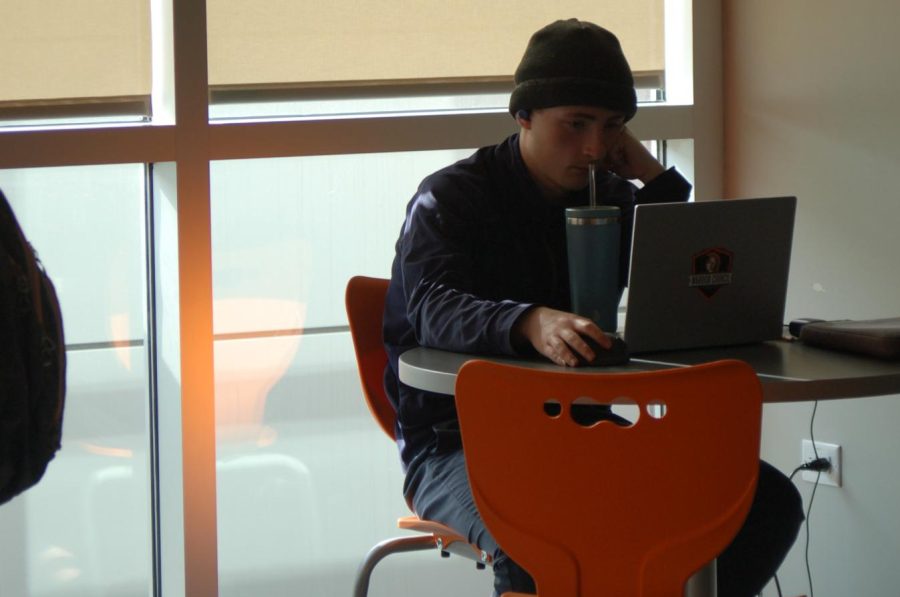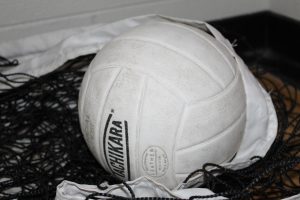Opinion: Not all students are ready to blend
Data shows that this year has been one of the school’s worst for cuts and tardies, which begs the question: Are all students responsible enough to blend?
Blended classes have become both a blessing and a curse, causing class cuts and confusion among staff and students. The youngest blenders, sophomores, may not be ready for the responsibility that blended learning demands.
April 12, 2022
A sophomore student sits with their friends in the blended learning area, having fun and messing around. When asked what they were up to, the students respond with “I’m blended.” But, in reality, they’re supposed to be in the classroom learning. Not all students are responsible or mature enough to blend, and it’s complicating blended learning for those who it may benefit most.
Blended learning, a newly implemented privilege allowing students to take more control over their learning, was brought into MCHS at the start of the 2021 school year. With this rule came a surge of cutting class and tardies — including 1,247 disciplined cuts according to data provided by administration.
With the introduction of blended learning came many learning opportunities throughout grade levels, including flexibility about how, where, and when students learn. But, since the start of the new semester, administration has paused blending. When the administration restarted it they offered a variety of incentives to assist the function of this privilege.
These incentives include the recently announced Warrior Games. The school had to take precautions and take away this ability, but students who were not a part of the problem were upset and angry that they had to take the consequences of others actions.
Making blended learning a strictly upperclassman privilege would help to lower class cuts and tardies throughout the school. All grade levels at the Upper Campus — including sophomores, juniors, and seniors — have been seen taking advantage of their blended periods to continue to do work and do as they’re supposed to.
Data suggests that more sophomores have been cutting than other upperclassmen. During the 2019-20 school year, class cuts were counted at around 131, but after the 2021-22 year they had jumped to near 244. This helps to show that when the class of now sophomores were introduced to the school, class cuts almost doubled. Perhaps it’s because of the lack of maturity in the students, or the lack of motivation.
Within the statistics, it’s clear how this change could benefit the school for the better. With granting less students the ability to blend, many opportunities to cut class will be taken away. This would allow for better attendance and more mature students, along with easier periods for our teachers and staff and the continuation of blended learning, a program that could really help students.












